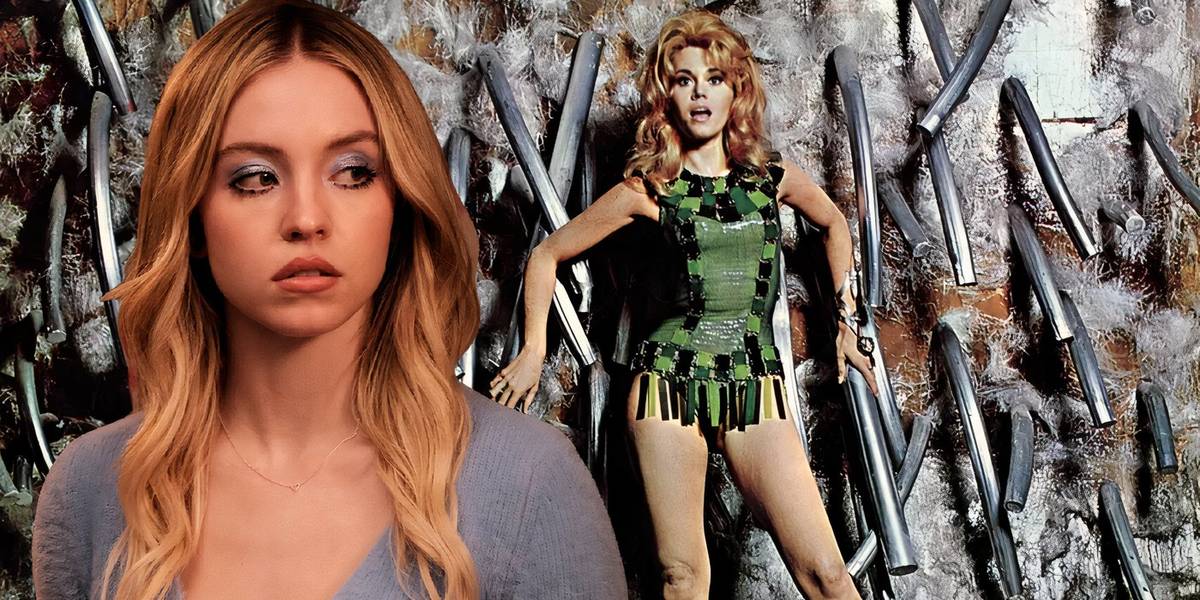Barbarella – The Space-Age Sex Symbol Who Defined a Cult Era
Barbarella, released in 1968, is a psychedelic sci-fi adventure film that has since become a cult classic. Directed by Roger Vadim and based on the French comic book series by Jean-Claude Forest, the film stars Jane Fonda in the title role. Known for its mix of eroticism, fantasy, and absurdity, Barbarella is a cinematic time capsule of 1960s pop culture, countercultural aesthetics, and gender exploration. With its colorful visuals, surreal storytelling, and campy charm, the film remains both celebrated and debated decades after its release.
Set in a distant future where war has supposedly been abolished, Barbarella follows the intergalactic journey of a space traveler sent by the Earth government to find and stop the evil scientist Durand Durand, who has created a powerful weapon that threatens universal peace. Along the way, Barbarella encounters a series of bizarre worlds, strange creatures, and eccentric characters—from angelic beings to robotic dolls and a machine designed to kill by inducing pleasure. Throughout her adventures, Barbarella’s innocence, sensuality, and bravery guide her, even as the galaxy throws increasingly wild challenges her way.

Jane Fonda’s performance as Barbarella helped define the film’s legacy. At the time, Fonda was transitioning into stardom, and her portrayal of the sexually liberated yet naive space adventurer became iconic. Clad in a series of revealing, futuristic costumes, Barbarella embodied a new kind of sci-fi heroine—one that blended strength and sensuality. Though the film was often dismissed for its overt sexuality, it has also been interpreted as a subversive feminist statement, presenting a woman in control of her own desires in an era where that was still controversial.
Visually, Barbarella is a dazzling spectacle of 1960s design. With elaborate sets, kaleidoscopic color schemes, and flamboyant costumes, the film feels more like a dreamscape than a typical space adventure. It reflects the era’s fascination with psychedelia, mod fashion, and experimental filmmaking. The movie’s opening scene—where Barbarella floats in zero gravity while slowly undressing—immediately sets the tone: this is not a standard science fiction tale, but a surreal and provocative experience.
While critics were divided at the time of release, with many accusing it of being shallow or nonsensical, Barbarella found a lasting audience over the years. Its influence can be seen in everything from music videos to high fashion and modern sci-fi. Pop artists, designers, and directors have cited the film’s bold aesthetic and liberated tone as inspiration. Over time, it has earned its place as a cult phenomenon, embraced for its uniqueness, imagination, and unapologetic weirdness.

There have been repeated discussions about a modern remake, with various actresses like Rose McGowan and Sydney Sweeney attached at different points, though none have made it to production as of yet. The original Barbarella endures not just for its camp value, but because it challenged genre norms and created a vision of the future that was unapologetically sensual, strange, and stylish.
In conclusion, Barbarella is more than just a sci-fi curiosity. It's a bold, bizarre, and beautiful relic of 1960s cinema—one that continues to fascinate and provoke conversation. Whether viewed as feminist art or fantasy escapism, its place in pop culture is forever secured.

/vidio-media-production/uploads/image/source/20721/92c393.jpg)

